Hundreds of Iranians have sustained severe eye injuries after being hit by pellets, tear gas cannisters, paintball bullets or other projectiles used by security forces amid a bloody crackdown on four months of mainly peaceful anti-government demonstrations.
The exact number of traumatic injuries to protesters’ eyes is unknow, but Iranian doctors are reportedly overwhelmed by the number of ocular trauma cases, which include ruptured globes, severed optic nerves and damaged retinas.
IranWire has reviewed the medical files of some of the victims and consulted with doctors and lawyers over the past month. This article is a summary of this research on the widespread use of weapons by security forces to inflict irreparable damage to the protesters’ eyes, a practice that could constitute a crime against humanity. IranWire will publish in the coming days the stories of several victims it interviewed on condition of anonymity.
Young Iranian protesters who have been inflicted severe eye injuries in the past months have increasingly taken to social media to publish their pictures and tell their ordeal.
"After one month and 20 days, I was finally able to gather all my strength and courage to come to this place... One month and 20 days ago, I was standing right here when a member of [the paramilitary] Basij force decided to shoot me in the eye and take my sight. I thought that when I came here, I would either cry or be afraid, but I sat on the bench facing a wall," one victim said.
"I was appreciating when someone complimented me. They would say what beautiful eyes I had. I miss my beautiful eyes," another victim said.
In November, The New York Times newspaper reported that more than 500 patients suffering serious eye injuries had been hospitalized in three hospitals in Tehran. Many had metal or rubber fragments lodged in their heads.
The report quoted doctors in the western province of Kurdistan, where the protests and state crackdown have been particularly intense, as saying they had treated at least 80 protesters with serious eye injuries.
Meanwhile, 120 ophthalmologists signed a letter requesting the head of Iran’s Association of Ophthalmology to warn the relevant authorities about the consequences of injuries caused by shotguns and paintball guns.
The authorities have not done anything to prevent demonstrators from being injured in the eyes, and they sacked a doctor at Tehran’s Sina hospital who had confirmed in an interview that most of the injured protesters had been shot in their eyes with pellets.
Do the attackers aim at the eyes?
Ghazal Ranjkesh, a law student from the southern city of Bandar Abbas, published a picture of her face on Instagram with dozens of wounds caused by birdshot pellets.
"Why did you hit me? Why were you smiling when you shot at me?" Ranjkesh asked the shooter, adding: " I had very beautiful eyes, everyone was telling me that."
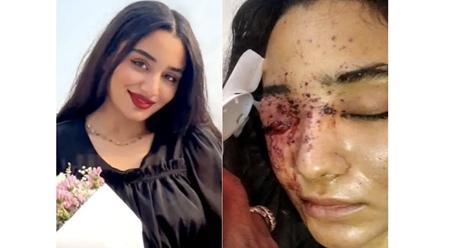
A picture of another victim, Farideh Salvati, has gone viral. She reportedly lost both eyes after being hit by at least 18 pellets.
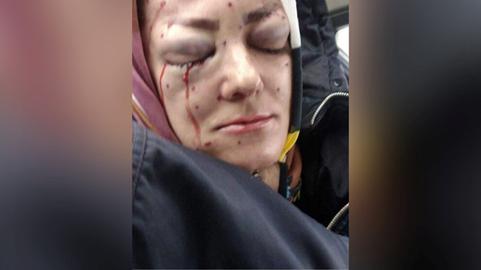
Benita Kiani Flavarjani, aged five, was targeted by police and her head was hit by 20 metal pellets.
Ranjkesh and two other victims told IranWire that they were chased by security forces who shot them in the eyes intentionally.
What do the medical records say?
Dr. Rozbeh Esfandiari, a former emergency doctor in Tehran, reviewed the medical files of several victims that had been shared with IranWire. He confirmed that the protesters’ eyes were hit by pellets, paintball bullets and batons.
IranWire understands that in some cases, medics recorded unrelated causes for the protesters’ injuries, such as cataract, to protect them from security forces.
Regarding Flavarjani’s case, the doctor explained: "At least 10 bullets were seen in this child's face. The bullet hit her directly from the front. The pellets entered deep into her eye and stayed in that area. Benita was one of the worst cases we investigated."
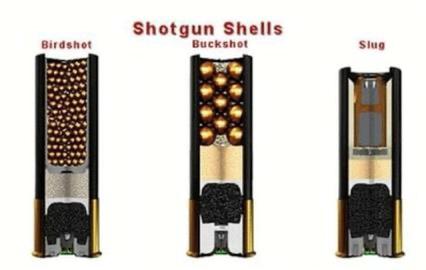
The documents seen by IranWire show that some of the victims sustained baton blows to their eyes, causing serious damage.
Three types of pellets are used in shotguns: birdshots, buckshots and slugs. The projectiles used to target the protesters' eyes are in most cases pellets of various dimensions.
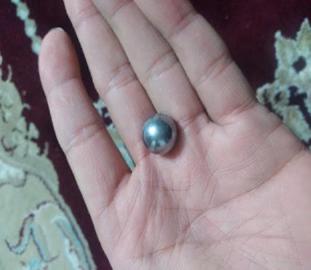
Birdshots are small pellets that spread wider but are less impactful. The size of the pellets usually ranges from 1.75mm to 5.8mm. The effective range of birdshots is around 45 meters.
A paintball gun has a compressed air tank that fires bullets.
This weapon has been widely used in recent protests, and there have been reports of security officers using metal or hard rubber shotgun pellets instead of paintball bullets. Pictures of paintball guns made by US company TippMann and used to suppress protests have been published.
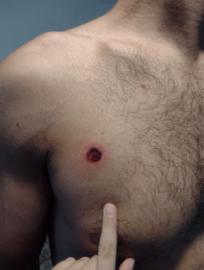
A crime against humanity?
Article 7 of the Rome Statute establishing the International Criminal Court, defines crimes against humanity as criminal acts “when committed as part of a widespread or systematic attack directed against any civilian population, with knowledge of the attack.”
This article gives examples of crimes against humanity in 11 paragraphs, including murder, extermination, enslavement, deportation, imprisonment. The last one mentions “other inhumane acts of a similar character intentionally causing great suffering, or serious injury to body or to mental or physical health.”
This definition of crime against humanity and what is described in the 11th paragraph are consistent with the subject of this report and the patterns of behavior that have been seen by IranWire in the victims' cases.
Article 7 defines victims of crimes against humanity as "a civilian population," which matches the status of the victims mentioned in this report. The victims whose cases were investigated by IranWire are defined as civilians.
The same article sets three principles to recognize a "crime against humanity:" The extent of the criminal act, its systematic character, and knowledge of the attack on the part of the accused.
Cases of protesters who suffered serious eye injuries inflicted by security forces were reported in different cities and provinces of Iran, including in the provinces of Tehran, Alborz, Isfahan, West Azerbaijan, Fars and Kurdistan.
A systematic attack on a large group of people is considered if it happens in large numbers and in multiple instances and does not involve a few random cases. It should indicate a specific pattern of behavior that has been repeated frequently and in different situations.
Regarding the other criterion, which is how systematic the action is, Ghazal Ranjkesh, Farideh Salvati and Benita's cases are good examples. Also, a high number of patients have been treated by doctors - 500 in only three hospitals in Tehran and 80 in Kurdistan.
Therefore, shooting in the protesters’ eyes was not accidental and indicates the existence of a pattern of behavior among the security forces. The attackers have had a deliberate and systematic plan.
The third criterion is the government's awareness of the existence of the attacks on civilians. According to the doctors' testimonies, their letters and confidential reports to the authorities, the government's awareness of this pattern of behavior is undeniable.
But the Islamic Republic not only failed to take any action to prevent the criminal acts from being committed, but the doctors who have spoken out were threatened, dismissed and even arrested.
visit the accountability section
In this section of Iran Wire, you can contact the officials and launch your campaign for various problems




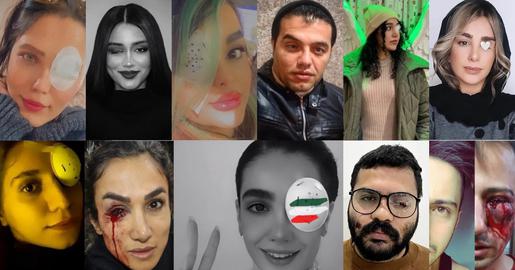
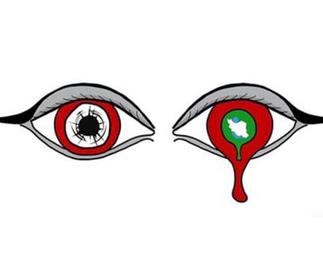

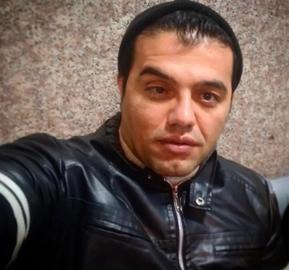
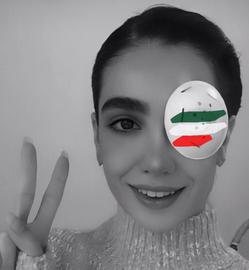
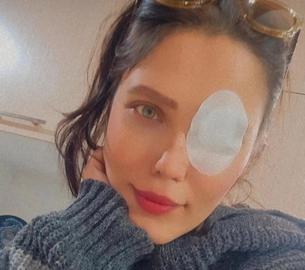
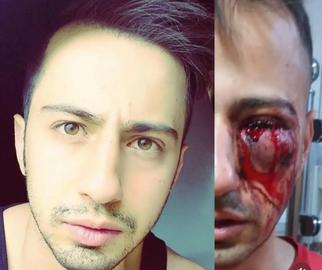
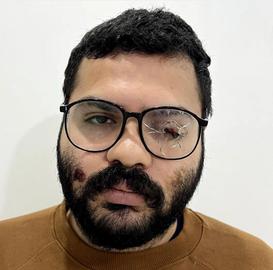



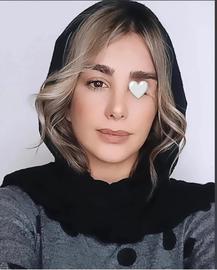

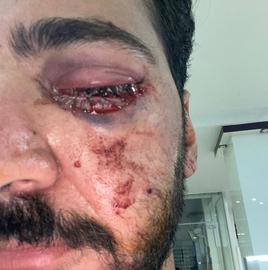










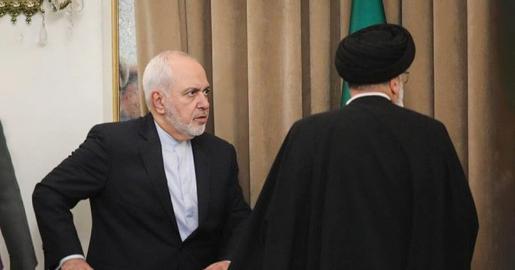
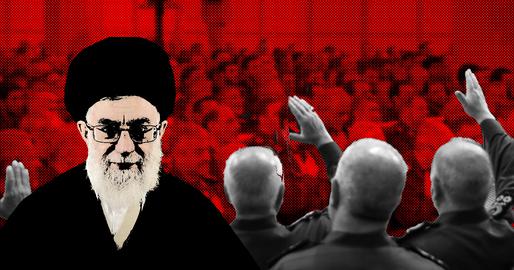







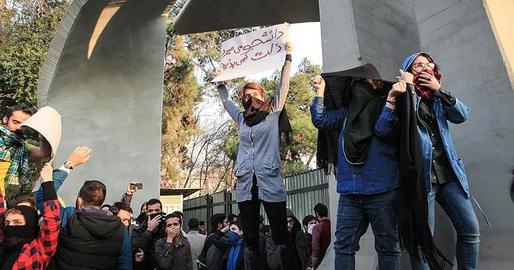
comments